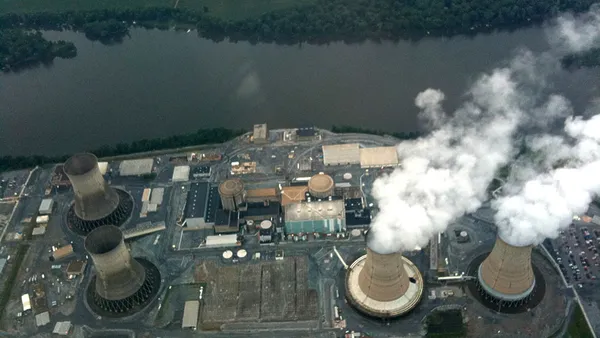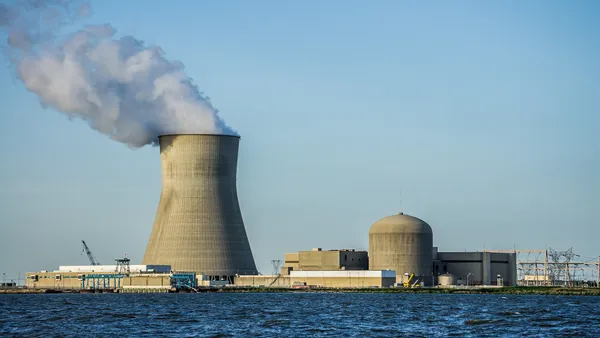Dive Brief:
- Net energy use across the Electric Reliability Council of Texas (ERCOT) grid region grew 0.8% from August 2013’s 35.6 million megawatt-hours to August 2014’s 35.9 million megawatt-hours.
- ERCOT's peak demand for August 2013 was 66,454 megawatts, on August 25, which was a 1.1% drop from August 2013’s demand peak on the 7th of 67,245 megawatts.
Dive Insight:
The only slight increase in electricity use could have something to do with the fact that the ERCOT region’s temperature, as indicated by National Weather Service data for Austin, near the center of ERCOT's system, had 1.84% fewer “cooling-degree days” in August 2014 than in August 2013 but 4.9% more “cooling-degree days” than in a normal ERCOT year.
The use of natural gas increased from 47.6% of ERCOT’s generation to 48.5% in the same time period, though the price rose from August 2013’s $3.415 per million British thermal unit (MMBtu) to August 2014’s $3.942 per MMBtu.
Use of coal continued to fall from its position as ERCOT’s leading source at the beginning of the year, going from August 2013’s 35.3% of generation to August 2014’s 33.8%. Nuclear power did not fill the gap, staying at the same 10.4% of ERCOT’s generation for August 2014 as it was the previous August, according to ERCOT’s 2014 Demand and Energy by Month report.
Wind generated electricity grew from 5.2% of the ERCOT mix in August 2013 to 6.3% in August 2014 and other sources went from 1.4% of the August 2013 supply to 1.0% this year, as the grid operator continued to develop demand response capabilities.













